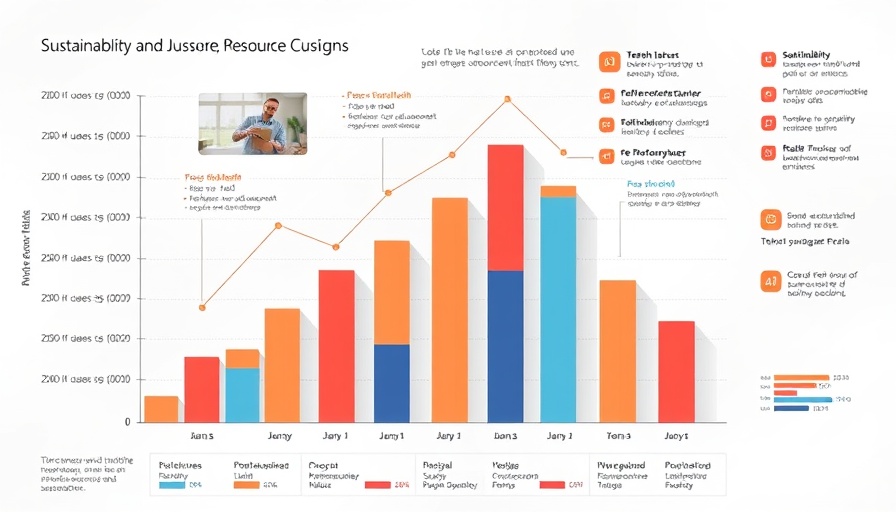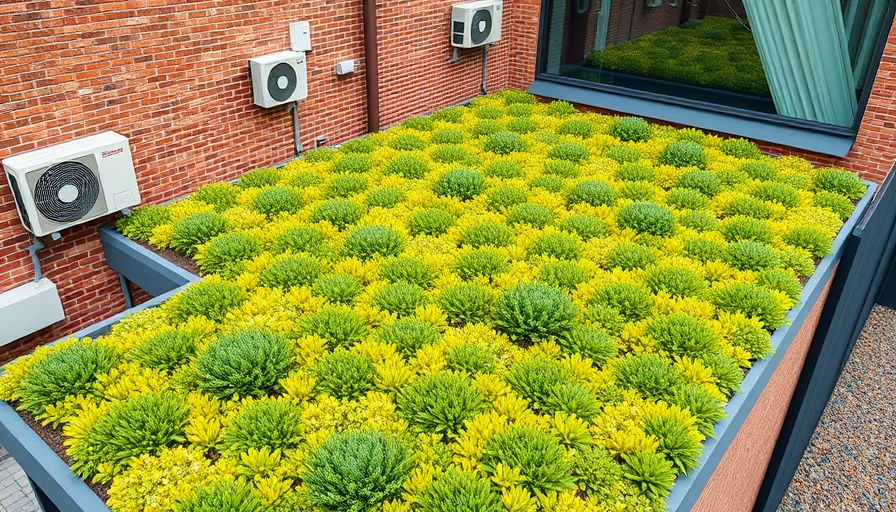
Understanding Wereld Overshoot Day: A Growing Concern
Wereld Overshoot Day, marked on July 24, 2025, signifies a critical tipping point for ecological sustainability. This annual event, calculated by the Global Footprint Network, illustrates just how rapidly humanity consumes the Earth's resources, now exceeding the planet’s capacity to regenerate by 80%. In straightforward terms, we are consuming resources as if we had 1.8 Earths at our disposal—a situation that is not only alarmingly unsustainable but also detrimental to our environment.
The Alarming Trend of Resource Depletion
The stark reality is that since the 1970s, our ecological deficit has been escalating dramatically, amounting now to a debt equivalent to 22 years of the Earth’s biological productivity. To put this into perspective, if we were to cease our destructive practices today, it would potentially take more than two decades to restore balance—a feat that seems increasingly unattainable. The direct result of this environmental strain manifests in severe consequences such as deforestation, soil erosion, diminished biodiversity, and a troubling rise in atmospheric CO₂ levels, which have surged by 100 ppm since 1970.
Calculating the Date: The Science Behind Overshoot Day
Earth Overshoot Day's calculation relies on the National Footprint and Biocapacity Accounts, which aggregate comprehensive data regarding our ecological footprint and the Earth’s biocapacity. These figures are incredibly dynamic; for instance, recent updates to ocean carbon storage capacity, along with rising per capita ecological footprints, resulted in the Overshoot Day moving eight days earlier than in 2024. This consistent change highlights the urgency of addressing our consumption patterns and resource utilization.
What Happens Next? The Necessity for Action
As we collectively face this escalating crisis, experts like Dr. Lewis Akenji from the Global Footprint Network emphasize the need for immediate adaptation and recovery. There are practical and economically beneficial solutions that could push back Earth Overshoot Day, including innovations in energy efficiency, sustainable urban development, responsible food consumption, and improved population management. Notably, a significant reduction in global CO₂ emissions from fossil fuels could shift the Overshoot Day by as much as three months.
The Role of Grassroots Movements and Corporate Responsibility
As we reflect on our relationship with the planet, it’s vital to recognize the roles that grassroots movements and corporations play in this narrative. Many organizations have already begun implementing strategies that align with sustainability objectives, showcasing that change is not only necessary but also possible. For instance, companies focused on renewable energy innovations exemplify how businesses can contribute positively by reducing their ecological footprints.
Future Predictions: A Fork in the Road
The path ahead is undoubtedly filled with challenges, but there is still hope. Experts like Dr. Mathis Wackernagel remind us that we face a crossroads: we can either take deliberate actions to mitigate our impact, or we risk facing severe consequences driven by ecological collapse. Proactive measures range from corporate restructuring to individual lifestyle changes.
Common Misconceptions and the Importance of Awareness
One prevalent misconception about Earth Overshoot Day is that it solely pertains to governments or large enterprises. In reality, every individual can make a difference. Simple steps like reducing waste, conserving energy, and supporting sustainable brands can influence broader change. By fostering awareness within communities, we can collectively push for a shift in behaviors that prioritize the planet over sheer consumption.
As Earth Overshoot Day approaches in July, let this marker serve as a catalyst for change. It is evident that we must act decisively to secure a sustainable future, not only for ourselves but for the generations to come. By cultivating a collective consciousness around our ecological impact, we can begin the shift toward a more sustainable world.
 Rij toevoegen
Rij toevoegen






Write A Comment